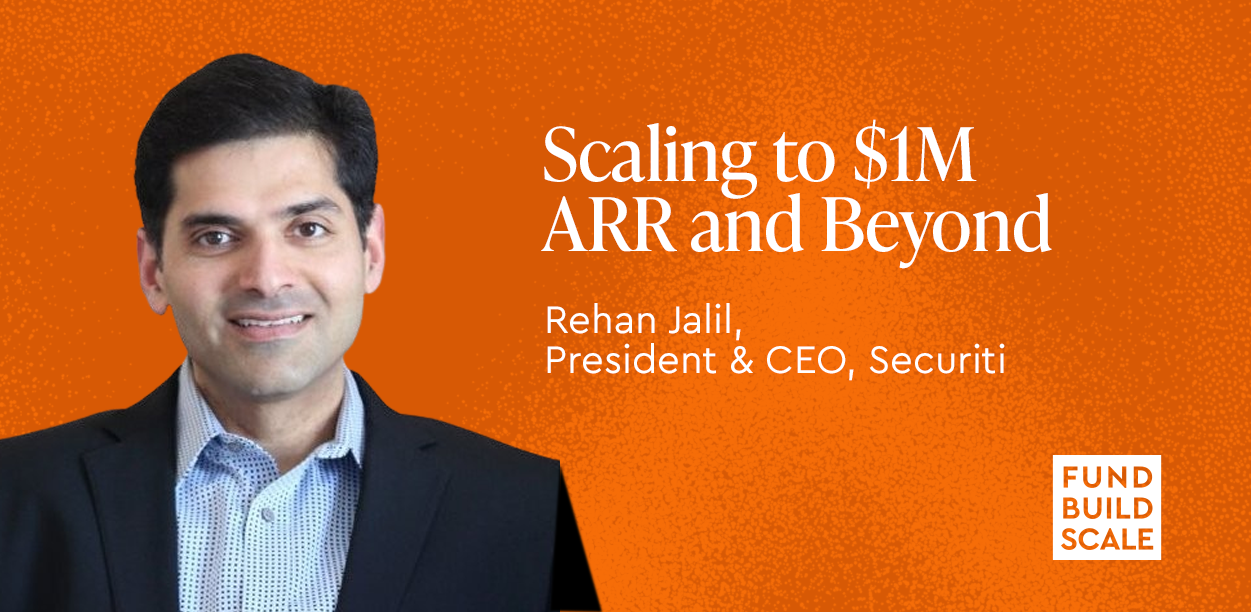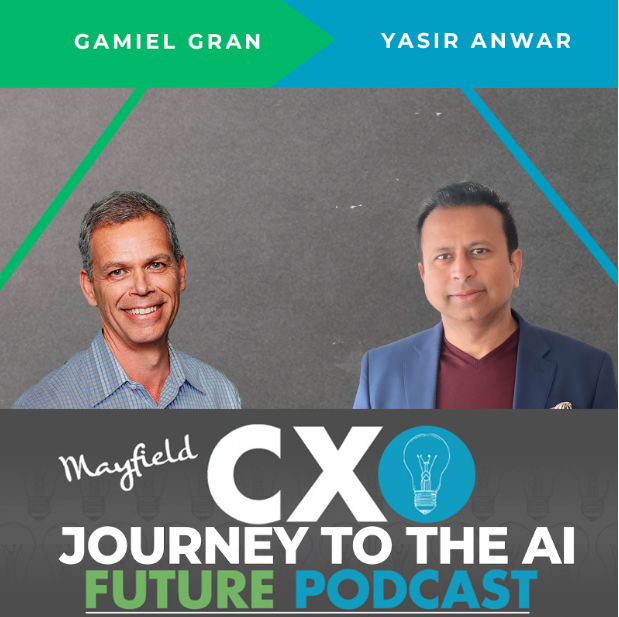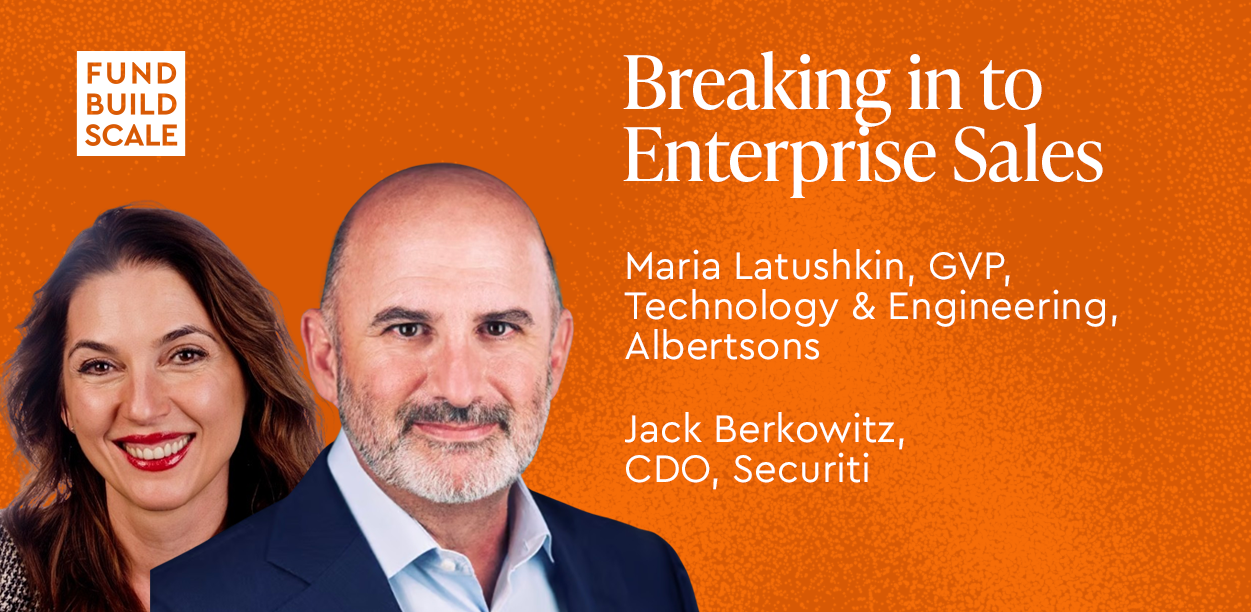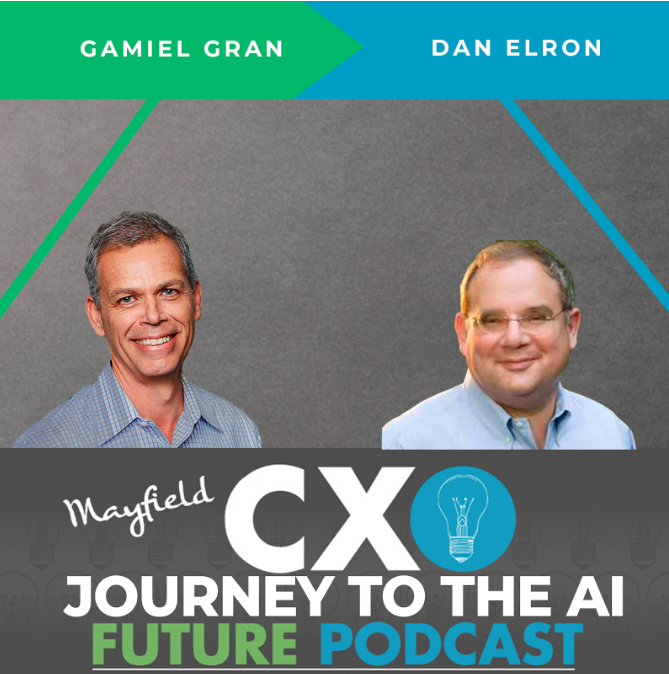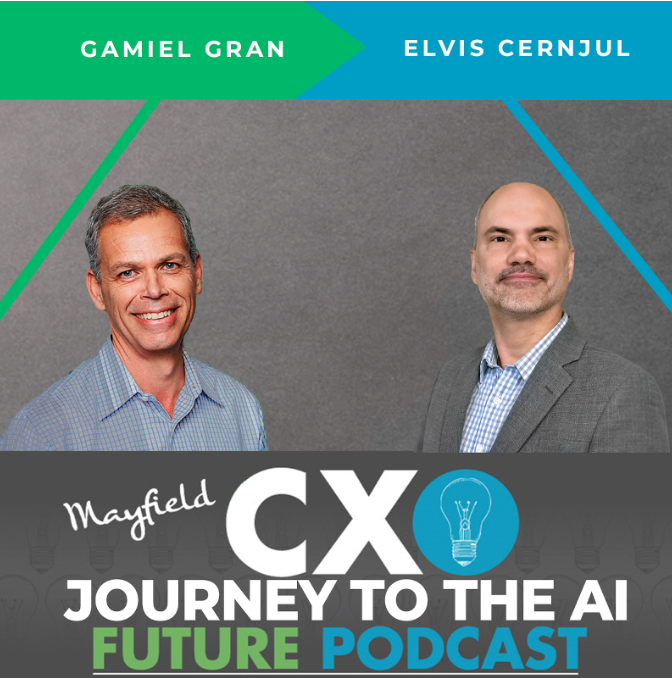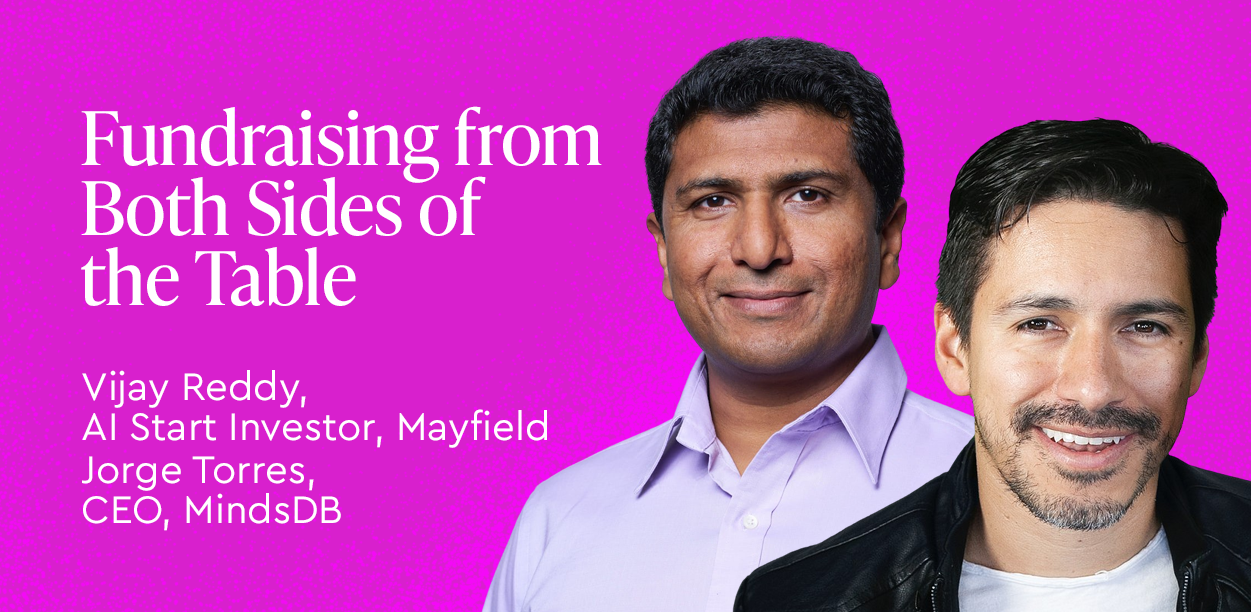Listen to the podcast here:
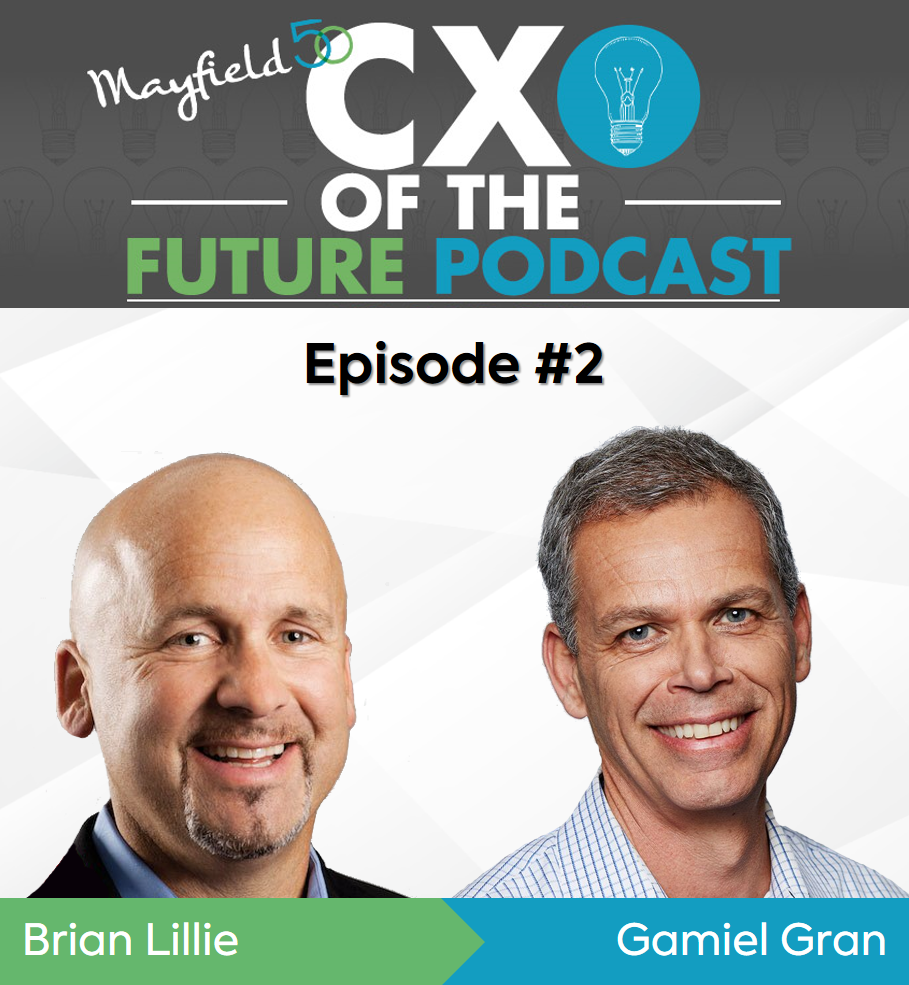
Join us for our second CXO of the Future Podcast here at Mayfield with Brian Lillie, BoD at Lumentum and Talend, and Former Chief Product Officer at Equinix, as he discusses his vision of the CXO of the Future.
Brian Lillie has 30 years’ experience leading functionally diverse teams in challenging private and public sector environments. Today, he talks about the role of the CIO, including managing and leading every box on the organization chart. Along with the business acumen, he believes that CIOs need IT domain experience in order to understand and add thought leadership and value.
Furthermore, a CIO should master the ability to connect the dots between what the business needs, thinks they need, or you know they need, and the technology that you could apply to that, as well as learn how to communicate their point of view in a way that is understood and received but not forced. Everyone has a story, and we can all learn from each other. At the end of the day, Brian says what’s important is to be able to operate and innovate or find a better way.
The Evolving Role of the CIO and IT Leadership with Brian Lillie
We are in an increasingly technology-driven world where transformational technology is happening in many different spaces. Companies are under pressure to move faster, with new competitive threats from modern entrants. What role does the CIO play in leading a business to succeed?
Gamiel Gran, Mayfield’s VP of Business Development, sat down with Brian Lillie, a man who is uniquely qualified to discuss the current tech landscape. Brian is widely recognized for his ability to lead with enthusiasm, heart, and the ability to coach and guide teams and individuals effectively. He’s also known for his work driving IT innovation most recently at Equinix, a $3.6 billion leader in the global colocation datacenter space where he served for 10 years in increasingly senior positions from CIO to Chief Product Officer. He currently serves on the Board of Directors of Lumentum, a manufacturer of innovative optical and photonic products, and Talend, a leader in cloud data integration and data integrity.
Beginnings
Brian started his career in the Air Force where he served as an officer in active duty for 8+ years. His work as a commander of a communications squadron and in the Air Force Space Technology Center in Albuquerque managing research and development prepared him well for a career in IT. His leadership skills became deeply ingrained in the Air force as well.
“The Air Force trains you to be a jack-of-all-trades and master-of-none: but you’re the leader. They poured it on in ROTC, they send you off to squadron officer school which is six weeks with 650 captains or so in Montgomery Alabama. They made sure I was a distinguished graduate –and also to be a leader outside of the classroom. They put you in Project X where you’re trying to get people across the enemy line. All they do is teach you leadership, leadership, leadership.”
Brian’s first civilian job was as the network manager at Silicon Graphics (SGI). In this position, he gained both communications infrastructure and international experience as he moved to Switzerland to run IT infrastructure for Europe for two years.
One of many mentors throughout Brian’s career taught him that the path to the seat of the CIO is often through the application space. The best CIOs, however, come from infrastructure through apps or they have experience in both. Brian learned that a strong CIO should have experience managing and leading in every box on the organization chart: “And so wherever I’ve gone I’ve tried to do that.”
Checking Every Box
Brian joined Verisign as VP of IT and worked on integrating acquisitions. Still focused on leadership, he thought he wanted to become a CEO and took a year off to attend the Stanford Graduate School of Business, earning a master’s degree in management. He returned to Verisign, joining the business side as leader of Global Sales Operations. But he still had his eye on a CEO seat. Being the owner of the cultural flame of a company was critical to him, and he believed he could best do that as CEO.
But then a good friend, CIO mentor and coach, Jason Krantz, gave what Brian considers the best advice of his career:
“I think you’d be a good CEO. But the valley is littered with good CEOs. There are very few CIOs that have the business acumen and the experience.”
He convinced Brian that as the CIO of an organization he could inspire and influence his team, the C-Suite Partners, the CEO, and the Board of Directors.
Brian was at a crossroads, took some time off and drove around the country with his family, ultimately landing at Equinix as CIO just as cloud transformation was emerging. Equinix was growing rapidly and needed a CIO to scale the company’s systems with the business. There, his understanding of the skills of a great CIO were enhanced with valuable mentorship from the Equinix leadership.
Skills of a Successful CIO
“You have to be a leader—a global leader if it’s a global firm, with change management skills.”
“Business acumen matters. You have to understand corporate strategy, product strategy, the functions of human resources, finance, marketing, sales, operations and customer care etc. Because other than the CEO you’re the only one with a helicopter view of it all.”
“You need IT domain experience along with the business acumen so that you can understand and add thought leadership and value.”
“Master the ability to connect the dots between what the business needs, thinks they need or you know they need, and the technology that you could apply to that. Once you’ve done that, you need to learn how to communicate your point of view in a way that is understood and received, but not forced.”
Operation vs. Innovation
Innovating ideas and technologies is critical, but it can be a challenge to do so when you are running a business. Where is the balance? It’s simple, says Brian:
“You’ve got to operate and you’ve got to innovate. You can’t do one or the other. Leadership in a technology-driven world pushes leaders to innovate, take risks and become competitive strategists in the use of technology. So that’s why I never thought of innovation as being optional. Backing up data is ‘CIO 101.’ You must operate and innovate. Find a better way is our code name for innovation. Challenge each leader to bring it home to everybody.”
At Equinix, his team created a practice called Spark-a-thons where ideas were sparks and if they were good enough, they’d catch fire. The Spark-a-thon was the manifestation of unleashing the quiet genius of our team and what came out of that were patents, products and efficiencies.
Advice for Startups
Many early stage companies have great ideas but need help with constructing early concepts in a way that will result in an offering. Brian’s advice? Give the start-ups oxygen and guidance. Give back to the startup community by saying “Yes this solves a problem for me, but it actually solves a problem for 10 others.” And finally, make introductions. Investing not dollars but insight and resources is the best gift we can give back to the startup community.
Here is Brian’s “recipe” for the process:
STEP ONE: Describe the current state of the startup. The company or VC needs to invest enough time to understand the current state.
STEP TWO: What are the issues with the current state?
STEP THREE: After you understand the current state and the issues, propose a future state.
STEP FOUR: How does the proposed future state address those issues or unlock the opportunities that you uncovered in Step Two?
STEP FIVE: Create a roadmap to get there.
This has been a tried and true approach with larger companies as well as startups.
Board Wisdom
“From day one of joining Equinix, Brian’s team was invited to a board meeting to observe how they operated and to provide updates. He learned that the Board of Directors is not responsible for operating, but for advising and overseeing. It’s a very clear line.”
“The CIO has to build trust and be succinct about which investments matter. We brought our Spark-a-thon event to a board meeting shark tank style and the board was thrilled to participate. So I think you have to take those skills and communicate what they need when they need it and why it matters to them.”
Conversely, board members need to remember they are there to advise, not operate. Board members can lead teams by inquiry: asking leading questions that will get leaders to think. They can help them discover answers themselves and have them think about things in a different way. Boards should make introductions like “Wow you’re thinking about this area. I know a startup over here that’s doing some pretty amazing work in that area that I think you should talk to.”
Takeaways: Lessons for the Modern CIO
- “Everyone has a story. We can all learn from each other. Mark Sunday, CIO at Siebel, for example, gave me the idea of the Equinix-on-Equinix program, which ensured that my team was the first and best customer of the company.”
- Brian’s ”Four Pillars of Excellence,” four cornerstones for building a career and a company:
- Operations is job one. You do not get the right to transform or innovate if you cannot keep systems up. CIOs have to be good at that, or they have to hire people that are. You cannot do the others without it.
- The second principle is transformational excellence: Transforming business processes using technology. You are either transforming the whole company, like in the case of a large ERP implementation, or you are transforming something like the way the treasury works by putting in Salesforce to transform how you sell. To have transformational excellence, you have to be sound in business. You do not want to be the “Chief Integration Officer” who is merely integrating one system to another, you need to understand business process flows.
- The third principle, innovation, refers to innovating around business processes and innovating on behalf of your employees and customers. This is essential. You can be a CIO who takes tools off the shelf and implements them, and you will do OK. In fact, that can make you a great “Chief Technology Mechanic.” Being a CIO means listening to employees and customers and innovating based on what they tell you. Innovating on a business need makes a difference, and the business will appreciate it. See opportunities and problems – and come up with solutions.
- The final one is organizational. I have been blessed with the people that I work with, the people I have hired, and the people I have helped develop and mentor. When I look at every success I have had, it has always been because of others. It is critical and difficult, and getting more difficult, to hire, grow, and retain the best talent. Especially when you are down the street from Google, Facebook, Amazon, and Microsoft (and Salesforce is right up the street). Acquiring, developing, and keeping talent is at the top of the list for CIOs.”
Brian Lillie’s Book Recommendations:
- Heed Your Call: Integrating Myth, Science, Spirituality, and Business: David Howitt
- The Innovator’s Dilemma: The Revolutionary Book That Will Change the Way You Do Business: Clayton Christensen
- Mindset: The New Psychology of Success: Carol Dweck
- The Complete Guide to Accelerating Sales Performance: Andris Zoltner
- True North: Discover Your Authentic Leadership: Bill George





